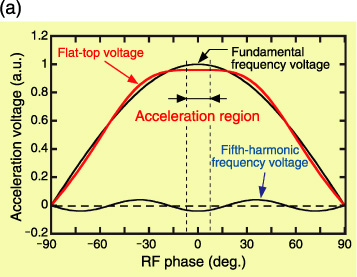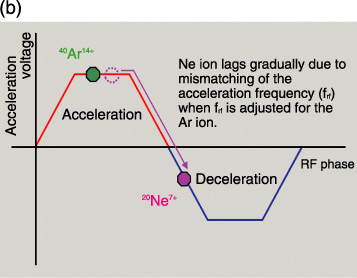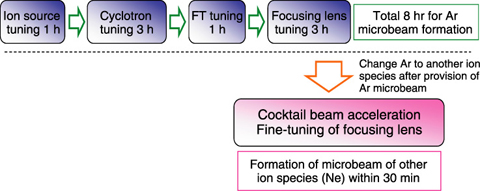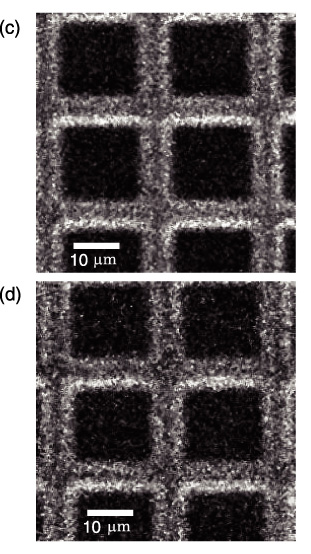

Fig.14-22 Flat-top acceleration concept and cocktail beam acceleration techniques

Fig.14-23 A flowchart for changing microbeam ion species

Fig.14-24 Secondary electron (SE) images of the copper grid at 1000 lines/inch obtained by irradiation with the microbeams
A heavy-ion microbeam with a beam spot size and hitting accuracy of about 1 μm is widely used in biotechnology and materials science research at the TIARA cyclotron facility. The microbeam is formed using a set of quadrupole magnets. The energy spread of an ion beam from a cyclotron due to rf voltage acceleration is usually on the order of 10-3, and formation of a microbeam with a spot size of 1 μm is difficult because of chromatic aberration in the magnetic focusing lens. In order to reduce the energy spread to be on the order of 10-4, a flat-top (FT) acceleration technique was introduced. A fifth-harmonic frequency voltage is superimposed on the fundamental to equalize the voltage in the acceleration region as shown in Fig.14-22(a). A 520 MeV 40Ar14+ microbeam, which is the world's highest-energy microbeam, was formed with the FT acceleration technique. Formation of the microbeam takes about 8 h, as explained in Fig.14-23, and one species of microbeam is usually provided in an experiment. A cocktail beam acceleration technique is often used for a cyclotron to change ion species and energy quickly, as explained in Fig.14-22(b). In this technique, a few ion species having almost the same mass-to-charge ratio are injected into the cyclotron simultaneously, and only the ion species of interest, whose cyclotron resonance frequency is equal to the acceleration frequency, can be extracted from the cyclotron. The ion species to be extracted can be changed by slightly shifting the acceleration frequency. Cocktail beam acceleration was first applied to microbeam formation in order to quickly change the ion species. As a result, we have succeeded in considerably reducing the microbeam changing time to within 30 min for changing between 520 MeV 40Ar14+ and 260 MeV 20Ne7+ as shown in Fig.14-24.